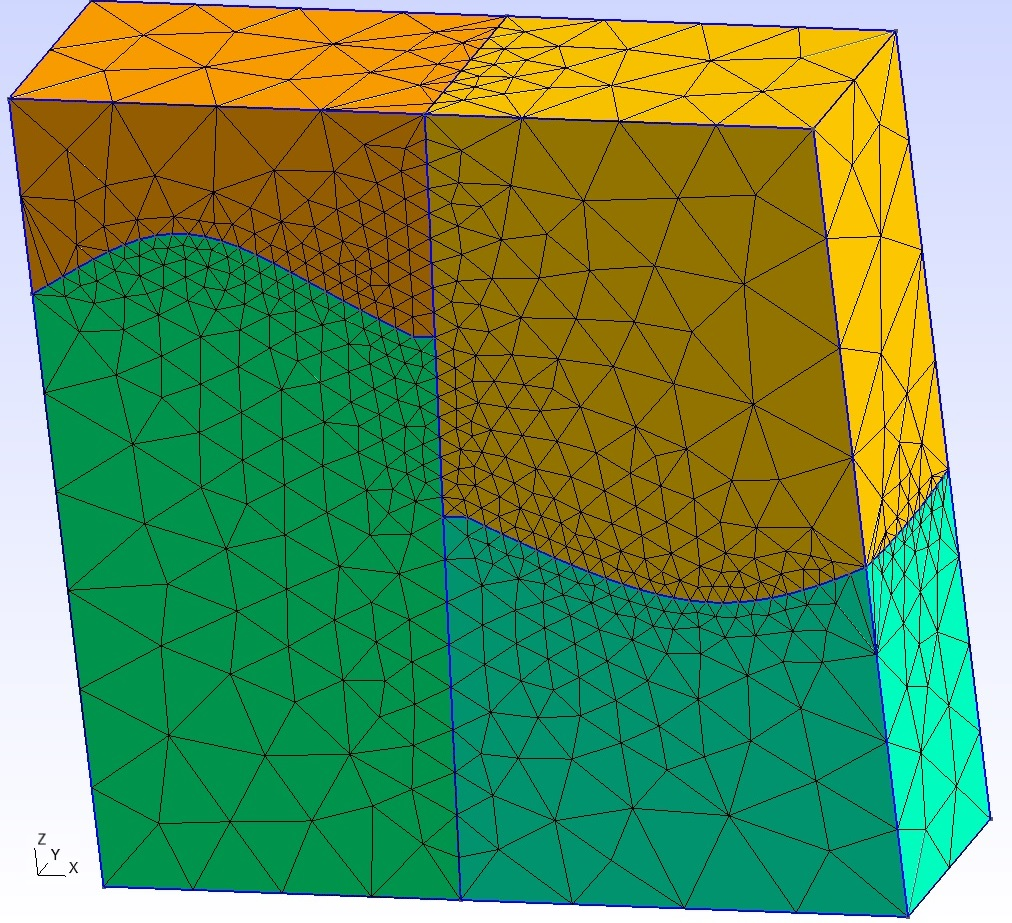Uncertainty of geological models
Supervisor: Prof. Dr. Thomas Kohl
Person in charge: Ali Dashti
I am a DAAD (Deutscher Akademischer Austauschdienst) PhD scholarship holder and do my reserach under supervision of Prof. Thomas Kohl at the AGW Institute of KIT.
My PhD is mainly focused on showing effects of the geology on the distribution of a property (e.g. temperature, pressure, flow, etc.) in the underground. Definitely, geological characteristics (e.g. thermal conductivity, porosity permeability, and so on) of the underground layers and features like faults and fracture are notably controlling the distribution of properties. Therefore, a reliable geological model is the main framework for the following numerical model. But, regarding the scarcity of subsurface data it is absolutely impossible to achieve a single concrete model of the underground. The best way to tackle this obstacle is to accept it and put uncertainty on the input of numerical solvers. At the moment, it is my task to do numerical simulations for a range of possible geological models rather than one single deterministic model. After creating each geological scenario, a high quality meshing method should be carried out to bring highly reliable results from the solvers working on the basis of methods like finite element. I am faced with a challenging two fold task: creating geological scenarios and propagating a high quality mesh in those scenarios. In case of connecting all links of this chain, the numerical solver will simulate properties in highly complicated geological settings.
It is expected to reveal the influence subsurface feature on the numerical simulations. For example, location and also dipping angle of open fractures can dramatically affect the distribution of properties like pressure and flow.

